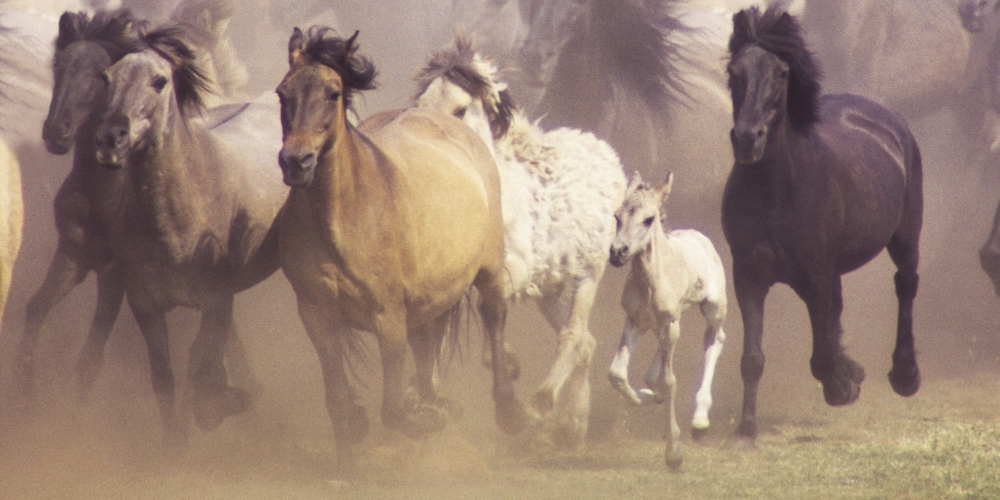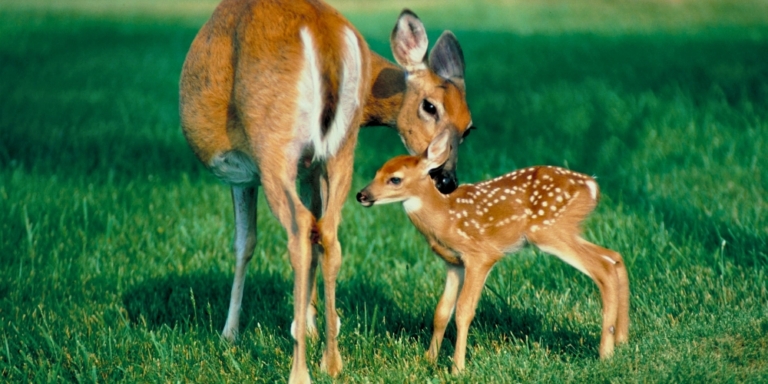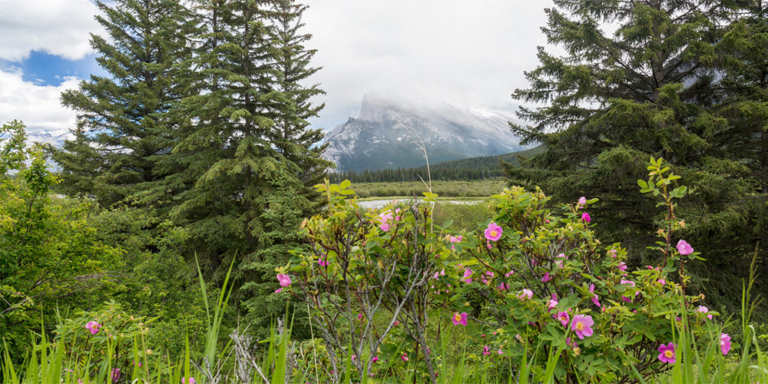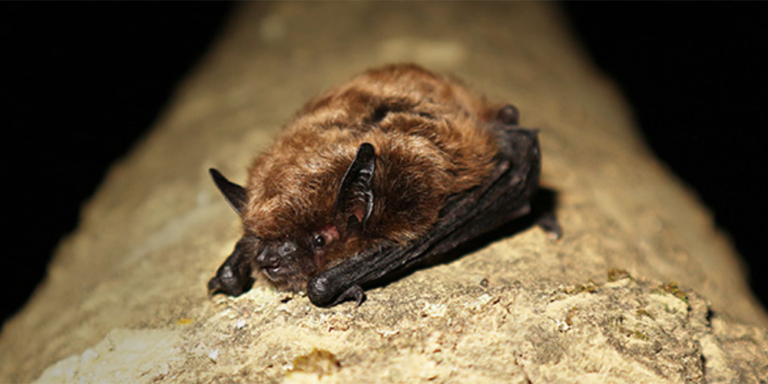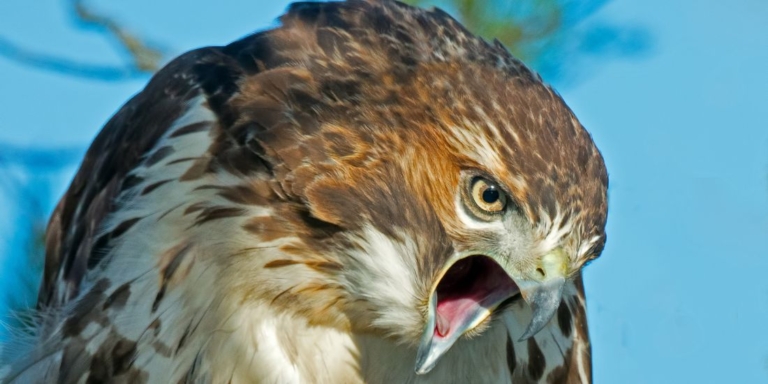What comes to mind when you hear the word feral? For many, it’s an image of a feisty cat with sharp claws and bared teeth!
But what about horses?
Horses also played a big part in settling the West. Whether it was labouring in the fields or providing transport, horses improved the lives of settlers in Alberta.
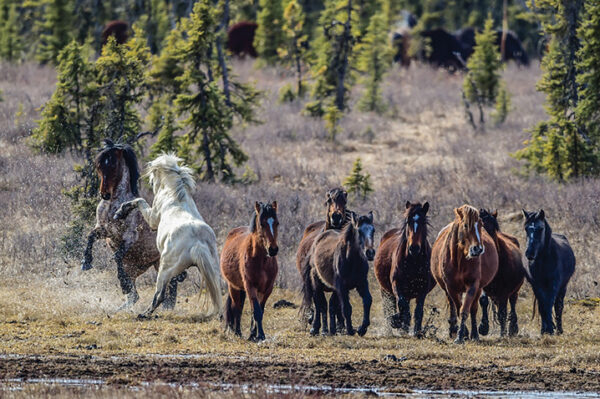
But over the years, some horses escaped their domestic duties, headed out into the wilds, and formed herds and families. These are ‘wild’ or ‘feral’ horses.
If you are a Heartland fan, you know about the wild horses. Every season has at least one episode and sometimes a season plotline centred on their plight.
Like some of their human counterparts, Alberta is home to many horses that don’t like to play by domestic rules. These feral horses live across the Brazeau, Nordegg, Clearwater, Sundre, Ghost River, and Elbow equine management zones.
The government uses a helicopter to count how many wild horses we have in our province.
The government’s most recent survey ran from January to February 2023 and counted at least 1,428 horses across the six zones. Almost 1,000 were located in the Sundre management zone.
The number of wild horses increased by at least 250 compared to last year. But without a proper management framework, feral horses can harm wildlife, birds, cattle, vegetation, and fish.
Feral horses can cause soil erosion through overgrazing and trampling. Often, the horses have hardscrabble lives, and their herds can cause habitat degradation. They also compete with native wildlife for food and water, pushing native species out of their natural habitats.
Opting To Protect A Cultural Icon
People disagree about whether feral horses are a native species or not. Some argue that wild horses are not native to the American West but descendants of a domesticated breed introduced by European settlers.
On the other hand, Indigenous communities, such as the Stoney Nakoda, believe horses have been around well before the Europeans arrived.
This controversy has an impact on current policy. Some argue that feral horses should be treated like invasive species and removed from our landscape by culling or birth control methods.
Others think the animals should be protected legally due to their cultural importance. After watching Heartland, how could anyone think otherwise?
Since the 1950s, the Alberta government has periodically managed the feral horse population by trapping and culling. Some are sold at auctions, and others are sent to slaughterhouses.
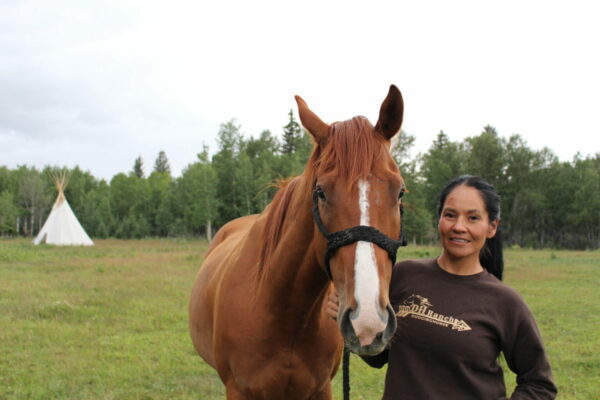

Feral horses are also shipped to international markets as livestock. However, there have been no culls in the province since 2015.
Fast forward to the present, and the Alberta government has introduced a new framework that claims to manage “feral horse populations sustainably while continuing to ensure wildlife and natural resources are protected.”
The framework results from a collaborative effort between the Alberta government and the Feral Horse Advisory Committee, which includes stakeholders, experts, researchers, and Indigenous perspectives.
“While past efforts to inform and engage Albertans on feral horses were unsuccessful, our management framework outlines clear, simple and honest efforts that we hope will resonate with Albertans and ensure we maintain the sustainability of the landscape where feral horses live,” said Todd Loewen, Minister of Forestry and Parks.
As part of the plan, the government is introducing a pilot project with the Wild Horses of Alberta Society, where capture permits are issued to place distressed or nuisance feral horses into adoption programs.
Native or not, feral horses symbolize freedom and resiliency in Alberta.
To our First Nations, horses have long been viewed as carriers of knowledge and healers.
The goal to sustainably manage populations of feral horses will keep these iconic symbols roaming free in the wild. Where problematic, they will adopted and cared for rather than slaughtered. Now, that seems like a very Albertan thing to do!

